Mailand, Galleria Vittorio Emanuele II
Mailand, Galerie Vittorio Emanuele II
© Wikipedia
ITA
à proximité de Milano
Télécharge images...
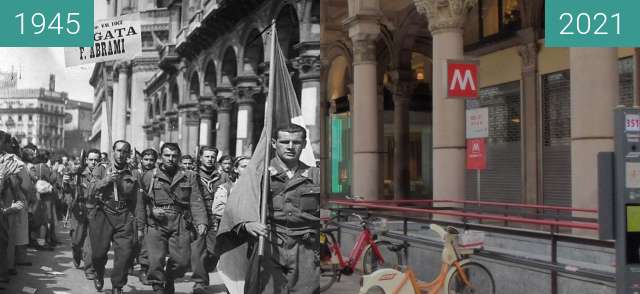
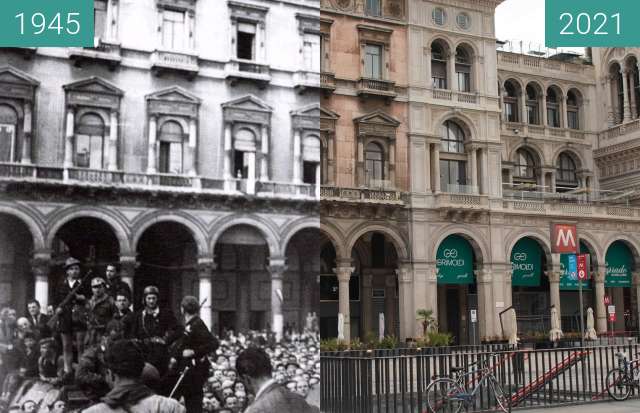
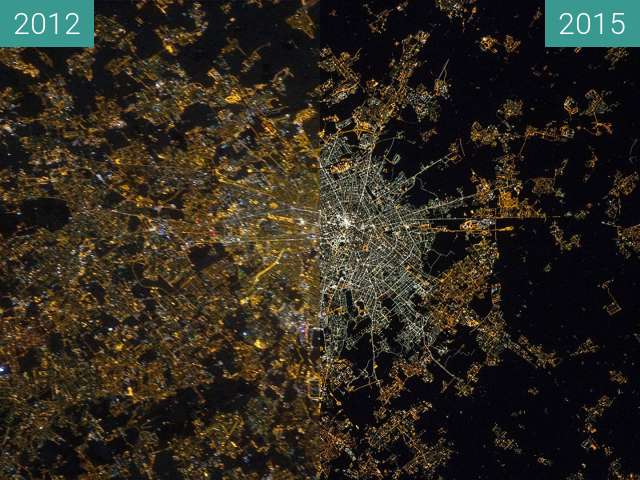
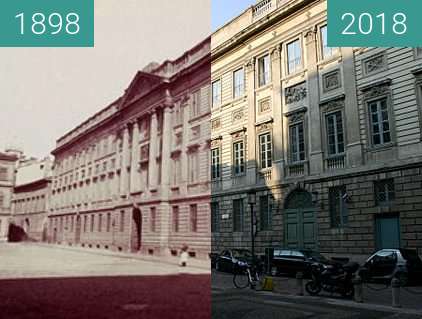
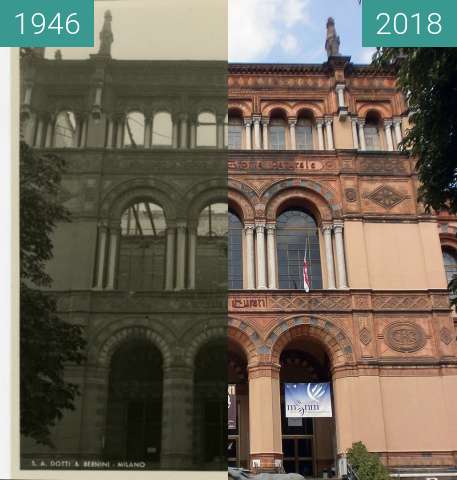
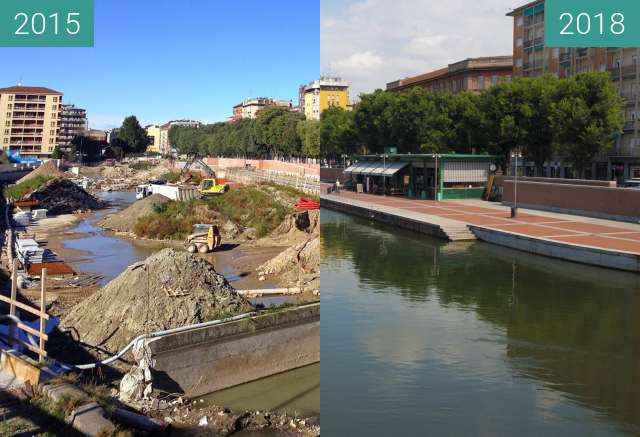
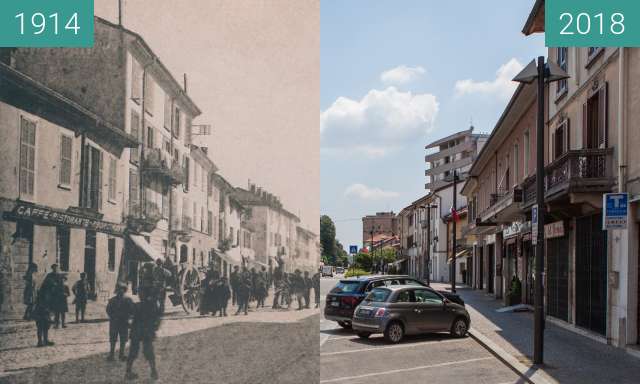
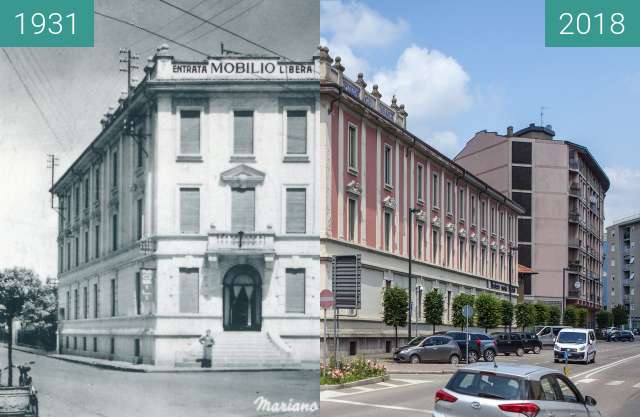

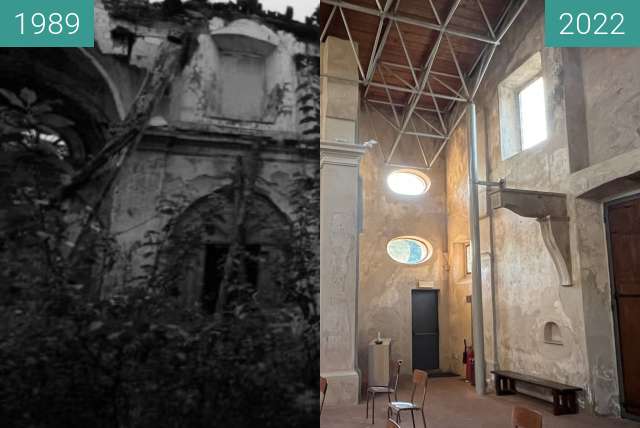
On the night of August 12-13, Bomber Command launched its heaviest attack on Milan and other Italian cities. 504 bombers (321 Lancasters and 183 Halifaxes) took off from British bases, 478 of them reaching Milan and dropping 1,252 tons of bombs (670 high explosive and 582 incendiary), including 245 4,000-pound blockbusters and 380,000 incendiary bombs, over the city - the heaviest single air raid ever experienced by an Italian city.
Most of Milan's most famous buildings were hit during the attack: the Sforza Castle was further damaged, Palazzo Marino (the city hall) and Santa Maria delle Grazie were partially destroyed, and the Church of San Fedele and the Galleria Vittorio Emanuele II suffered heavy damage.
Dans la nuit du 12 au 13 août, le Bomber Command a lancé son attaque la plus lourde contre Milan et d'autres villes italiennes. 504 bombardiers (321 Lancaster et 183 Halifax) ont décollé des bases britanniques, 478 d'entre eux ont atteint Milan et largué 1 252 tonnes de bombes (670 explosifs et 582 incendiaires), dont 245 superproductions de 4 000 livres et 380 000 bombes incendiaires, sur la ville - le raid aérien le plus lourd jamais connu par une ville italienne.
La plupart des bâtiments les plus célèbres de Milan ont été touchés lors de l'attaque : le château des Sforza a été encore endommagé, le Palazzo Marino (l'hôtel de ville) et Santa Maria delle Grazie ont été partiellement détruits, et l'église de San Fedele et la Galleria Vittorio Emanuele II ont subi de lourds dommages .